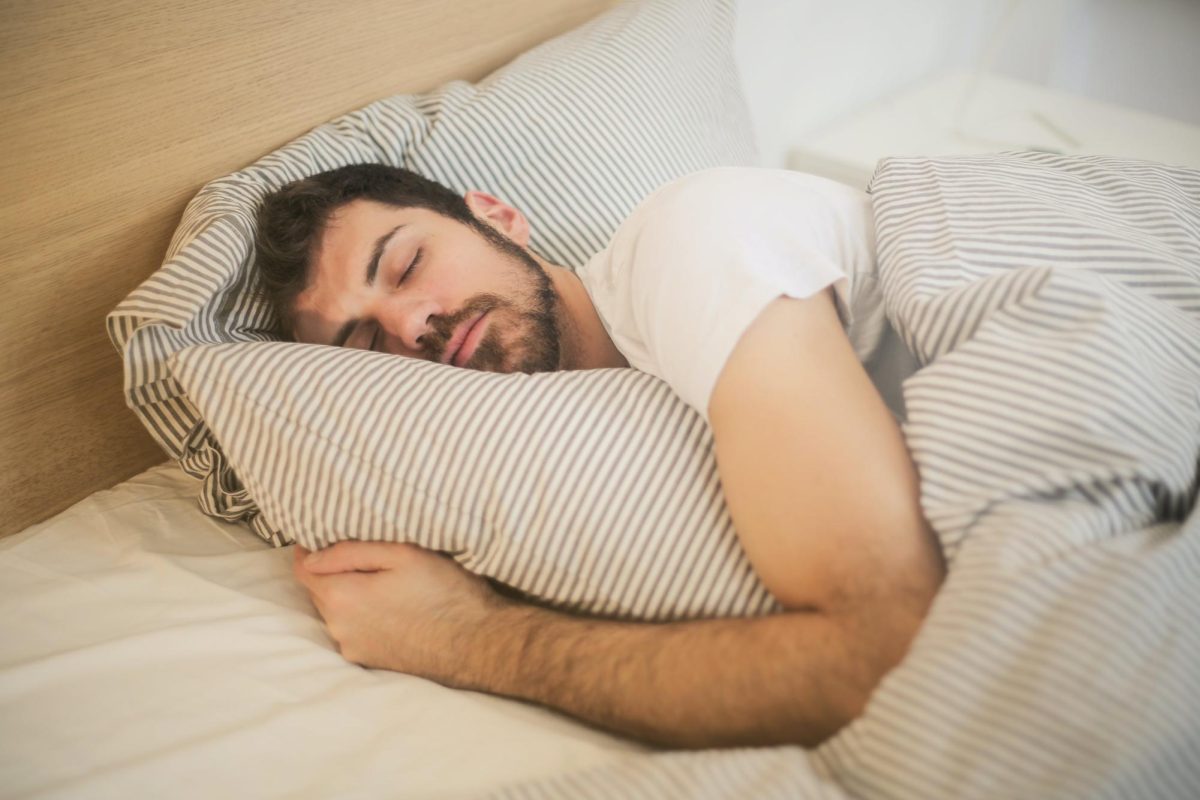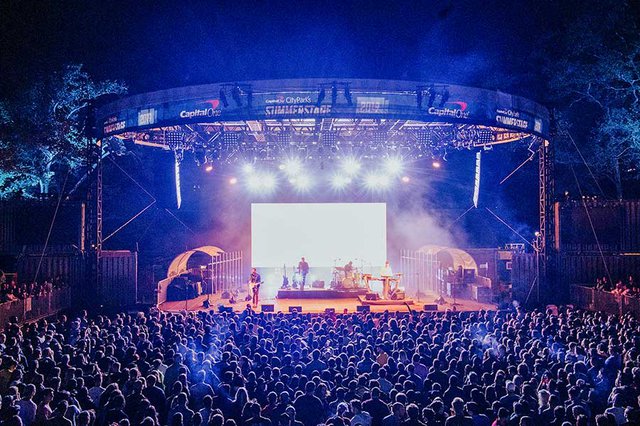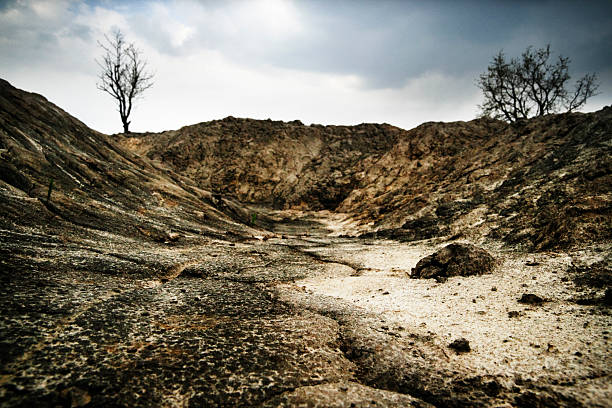It’s mid-December and you want nothing more than to curl up in a warm blanket in your bed, turn on a comfort movie, and never leave until the springtime. The days start to shorten, it looks like midnight at 5 PM, and the sun is nowhere to be found. If you feel like you’d do anything to get out of the mid-winter funk, you’re not alone. Approximately 10-20% of American adults experience a phenomenon coined as the “winter blues”, and 5% experience serious seasonal depression, or seasonal affective disorder. Wherever you are on the scale, many start to feel a little bit down as the winter months enclose around us.
Recently, many social media influencers have adopted the “human hibernation” trend, the poster child for this being Mary J Skinner. She says, “Hibernation at the end of the day comes down to the idea of living in alignment with the seasons instead of in opposition to them. I don’t think you can have the same habits year-round and expect to maintain the same level of happiness and productivity when the entire world around you is changing so much,” She records a podcast, called Prologues in which she lists off steps she takes to become mentally and physically in tune with the seasons, and many follow suit.
While some may view this arising idea of human hibernation as silly and far-fetched, there may be scientific evidence backing it up. In a study written by K. Honma, S. Homna, M. Kohsaka, and N. Fukada, and published by the American Journal of Physiology, it was found that external (relating to local time) and internal (relating to circadian rhythms) phase relations of the circadian rhythm depend on the seasons. Circadian rhythms are physical, mental, and behavioral changes that occur within 24 hours and affect your energy and productivity levels directly. The authors of the study aforementioned came to their conclusion by having subjects live in a controlled facility heavily influenced by natural lighting four days of each season. They found that subjects woke up earliest in the summer, pointing to higher levels of energy and motivation during those months.
Students at Plainwell High School seem to agree with the study’s findings. 67% of students claimed they felt more tired and down during the winter months, and many related their feelings to a lack of motivation because of cold and deprivation of light. Some claimed lack of outside activities and the need to sleep more to combat winter-induced grogginess also contribute to this phenomenon.
While hibernation in the traditional sense of the term is not possible for humans because of evolutionary issues, slowing down during the winter months and speeding up in summer may be in our best interests. To implement your own version of “hibernation” into life, you can try any of the following common methods; taking a warm bath, curling up with a good book, lighting candles, indulging in some comfort food, going to bed early, and wearing clothes that make you feel comfortable.
Many Americans live in a constant “summer state”, attempting to conduct the same levels of productivity year-round, but this can easily lead to constant burn-out and feeling even worse during the shorter and colder days of the year. By becoming in tune with our body’s summer versus winter mechanisms and realizing your body reacts differently to the opposite seasons, you can provide yourself with the grace and understanding needed to not only survive but thrive in the winter months.








